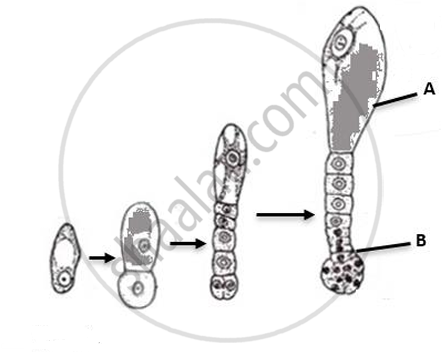Advertisements
Advertisements
प्रश्न
Explain the formation of placenta after the implantation in a human female.
उत्तर
The placenta, which supplies nutrition to the developing foetus, is a unique characteristic of placental mammals. The placenta, which serves as a structural and functional link between the developing embryo (foetus) and the mother's body, develops between the chorionic villi and uterine tissue after around 12 weeks of pregnancy. Upon the implantation of a blastocyst in the mother's endometrium, the placenta starts to grow. Two different cell types make up the blastocyst: the inner cell mass and the outer trophoblast cells. The trophoblast cells grow to create the placenta, while the inner cell mass gives rise to the foetus and the protective barrier around it. Between 18 and 20 weeks of pregnancy, the placenta is developed, and it keeps expanding. A chorio-allantoic placenta is one that develops from the chorion and allantois in the human placenta. The placenta protects the foetus from the typical immune reaction that releases antibodies, even though the mother's body may perceive it as a foreign body.
संबंधित प्रश्न
Comment on the role of placenta as an endocrine gland.
During the reproductive cycle of a human female, when, where and how does a placenta develop? What is the function of placenta during pregnancy and embryo development?
State the Function of Chorionic Villi
Choose the correct options of the following question:
Eyelids in human foetus separate in :
Gonads develop from embryonic ______.
In the event of pregnancy, the corpus luteum persists under the influence of ______.
The early stage human embryo distinctly possesses ______.
Relaxin is the hormone secreted by the placenta.
Extra-embryonic membranes provide:
During embryogenesis in dicots, the zygote divides into a basal cell and a terminal cell. The basal cell divides repeatedly to produce a structure called suspensor. Carefully observe the image given below and describe the function of cell – A and cell – B of the suspensor.

Zygote
